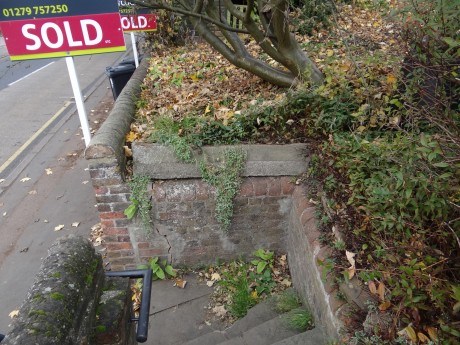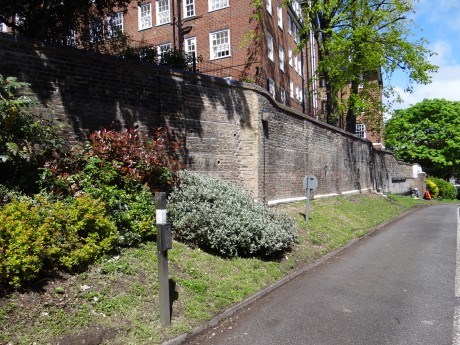Retaining Walls, Their Failure and your Legal Risk
Retaining Walls and Your Legal Risk
Retaining walls are built to retain soil to unnatural slopes separating two elevations. Often they fall into a state of neglect and structural defects occur putting the retaining structure into jeopardy of collapse.
There are various techniques used to build a retaining wall and the three common techniques used are called Gravity, Cantilevered and Sheet Piled. There are various other techniques used such as gabion basket, and buttressed walls.
With changes in the earth pressure on the retaining wall, changes in the water table and areas of structural defect retaining walls tend to fail. The damage caused by a failed retaining wall is severe and can lead to injuries to persons within the vicinity causing them to be crushed. It can also be damaging to property as often the retaining wall is retaining soil that the property is built on forming an integral part of the structures foundation strength. A slip in the soil can cause your property to subside. And you may be liable for legal action if you have failed to maintain your retaining wall.
How to identify a Structural Defects to a Retaining Wall?
Cracking and bowing are the main defects that will be evident when a retaining wall fails. This can lead to the wall to collapse completely due to the loss of structural integrity. Retaining walls rely on their ability to act as one structure and with a fracture this will prevent the structure from retaining the soil.

Before cracking and bowing of the wall are evident you should check the condition regularly of the wall after the winter months or periods of heavy rainfall. It is important to check that the pointing is still strong and not defective as this will allow the penetration of moisture. It is also important to check the condition of the face of the brick any spalled bricks should be replaced as again this will allow the penetration of moisture which can cause a structural defect.
How Can My Retaining Wall Be Repaired?
In the early stages of a failed retaining wall it is possible to use helical bar combined with high strength grout as incorporated in the Twistfix System, which Newman’s are approved installers and designers of. With this method it is possible to install lengths of helical bar to create masonry beams which will allow the structure to act as one panel again.
In cases of severe outward movement we employ various techniques of restraining the wall by introducing platypus ground anchors that tie the structure to the ground using high tension cables and pattress plates preventing further outward movement. In instances where the loads are extreme piles have been driven in to the ground to resist the outward movement.
If your retaining wall is suffering structural defects ensure you contact Newman’s for a free survey and repair specification.

